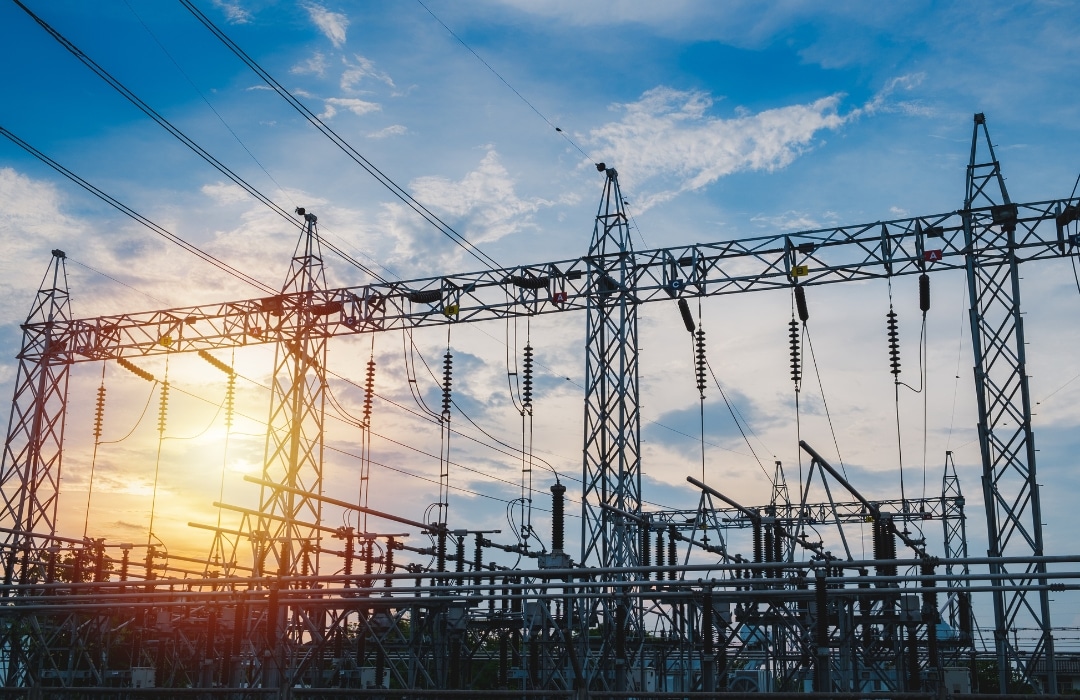
Introduction:
In the ever-evolving energy landscape, substation grid connectivity plays a pivotal role in ensuring efficient power transmission. This article delves into the significance of substation grid connectivity, explores the challenges faced by substations, and unveils strategies to overcome these hurdles.
Understanding Substation Grids:
Substations are vital nodes in the energy grid, serving as key points for power transformation and distribution. Components within substations, such as transformers and circuit breakers, enable the seamless flow of electricity. Strong grid connectivity is essential for enabling reliable and efficient transmission of power across the network.
Grid Connectivity Challenges:
Substations encounter various challenges that hinder optimal grid connectivity. These challenges include aging infrastructure, voltage and frequency fluctuations, limited capacity, geographical constraints, and cybersecurity threats. Each obstacle poses unique risks to the stability and reliability of substation operations.
Addressing Aging Infrastructure:
Upgrading and modernizing substations are crucial steps in ensuring sustained grid connectivity. By enhancing equipment longevity and reducing downtime, utilities can improve the overall efficiency of substation operations. The implementation of advanced monitoring and maintenance techniques further contributes to the reliability of aging infrastructure.
Managing Voltage and Frequency Fluctuations:
Voltage and frequency fluctuations can disrupt grid operations and impact connected equipment. To maintain stable grid connectivity, voltage regulation techniques and frequency control mechanisms are employed. These measures help prevent voltage sags, surges, and frequency deviations, ensuring a consistent power supply.
Increasing Substation Capacity:
Limited substation capacity can lead to congestion and hinder efficient power distribution. Strategies to expand substation capacity and reduce load stress include upgrading equipment, implementing advanced control systems, and embracing smart grid technologies. These approaches enable substations to accommodate growing energy demands.
Overcoming Geographical Limitations:
Remote areas often face challenges in establishing grid connectivity due to geographical constraints. Innovative solutions, such as microgrids and decentralized energy sources, provide opportunities to extend power distribution to off-grid regions. The integration of renewable energy sources further enhances energy access in remote areas.
Securing Substation Grid Connectivity:
As substations become more digitized, the risk of cybersecurity threats increases. Robust security measures, including network segmentation, encryption, and intrusion detection systems, are essential for safeguarding substation grid systems. Proper training and empowerment of personnel are vital for mitigating security vulnerabilities.
Collaborative Efforts for Grid Connectivity:
Effective collaboration among energy stakeholders, including utilities, regulators, and technology providers, is essential for overcoming grid connectivity challenges. Government initiatives that support grid connectivity projects and partnerships focused on knowledge-sharing further contribute to successful solutions.
Conclusion:
Overcoming substation grid connectivity challenges is essential for ensuring a reliable and efficient energy landscape. By addressing issues such as aging infrastructure, voltage fluctuations, limited capacity, geographical constraints, and cybersecurity risks, utilities can enhance grid stability and meet the demands of a rapidly evolving energy sector. Through collaborative efforts and strategic investments, a resilient and interconnected energy grid can be achieved.
FAQs:
Q1: What role do substations play in the energy grid?
A: Substations serve as crucial points for power transformation and distribution within the energy grid.
Q2: How do voltage and frequency fluctuations impact substation operations?
A: Voltage and frequency fluctuations can disrupt grid operations and affect connected equipment, leading to instability.
Q3: What strategies can be employed to increase substation capacity?
A: Upgrading equipment, utilizing advanced control systems, and embracing smart grid technologies can help increase substation capacity.
Q4: How can remote areas overcome geographical limitations to establish grid connectivity?
A: Innovative solutions like microgrids and renewable energy sources can extend power distribution to remote regions.
Q5: What measures are necessary to secure substation grid connectivity from cybersecurity threats?
A: Robust security measures such as network segmentation, encryption, and proper training are essential for safeguarding substation grid systems.
Q6: How important is collaboration among energy stakeholders in addressing grid connectivity challenges?
A: Effective collaboration among utilities, regulators, and technology providers is crucial for overcoming grid connectivity obstacles and finding viable solutions.




